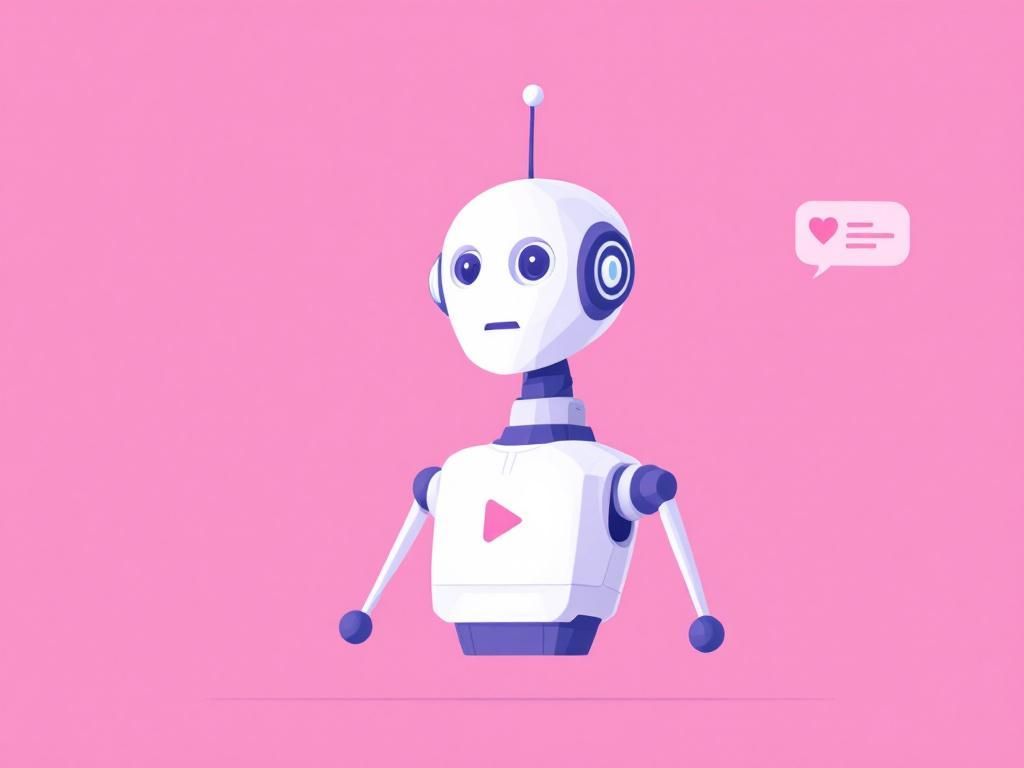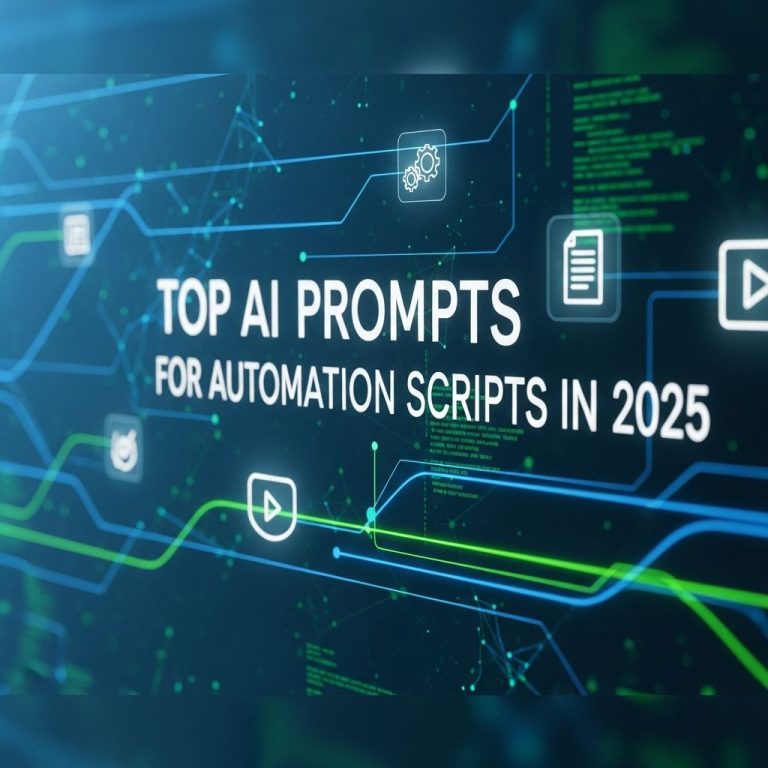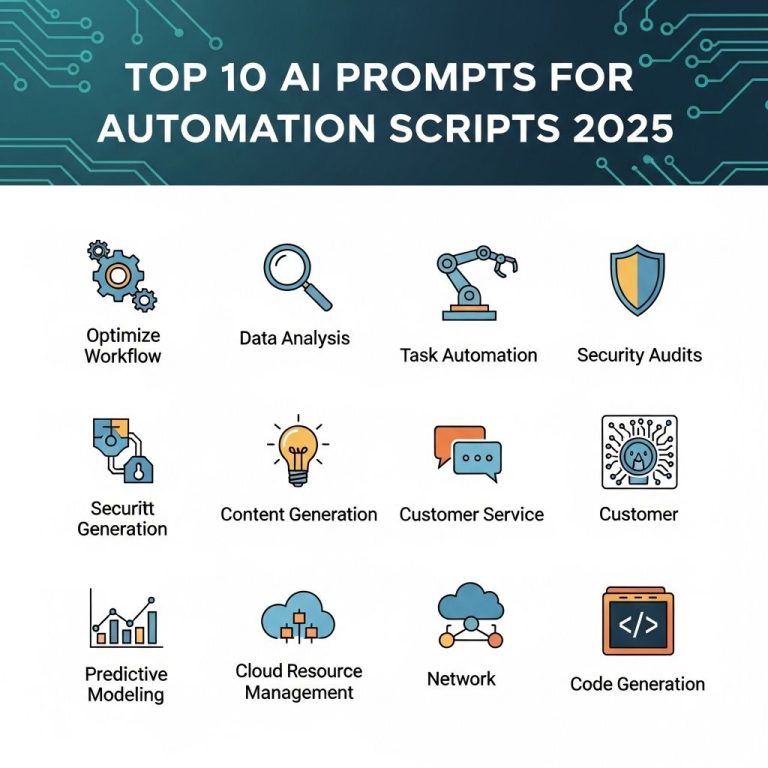In an increasingly globalized world, the demand for communication in multiple languages has surged. Businesses and organizations are recognizing the need to cater to diverse linguistic audiences, making multilingual support an essential feature of their digital offerings. One of the most effective tools to achieve this is through AI chatbots, which can engage users in their preferred language, enhance customer experience, and streamline operations. In this article, we will explore the top AI chatbot frameworks that are designed to meet multilingual needs, examining their features, advantages, and best use cases.
Understanding AI Chatbot Frameworks
AI chatbot frameworks serve as the backbone for developing conversational agents. These platforms provide developers with the necessary tools and functionalities to create, manage, and deploy chatbots. A robust framework often includes language processing capabilities, integration options, and user-friendly interfaces, making it easier to build complex interactions.
Key Features of Multilingual Chatbot Frameworks
- Natural Language Processing (NLP): Efficient language understanding is crucial. The framework should support various languages and dialects.
- Machine Learning: The ability to learn from interactions and improve responses over time enhances user satisfaction.
- Integration Capabilities: Compatibility with various platforms, such as websites, social media, and messaging apps, is essential for widespread reach.
- Analytics and Reporting: Insights into user interactions help refine chatbot performance and enhance engagement strategies.
- User Interface Customization: A flexible design interface allows for tailored user experiences across different languages.
Top AI Chatbot Frameworks for Multilingual Support
1. Google Dialogflow
Google Dialogflow is a cloud-based conversational platform that utilizes Google’s machine learning capabilities for natural language understanding. It supports over 20 languages and allows developers to create chatbots with rich responses.
Features:
- Integration with Google Assistant and other platforms
- Voice recognition capabilities
- Easy integration with third-party services
Advantages:
- Scalable architecture
- Strong NLP capabilities
- Comprehensive documentation and community support
2. Microsoft Bot Framework
The Microsoft Bot Framework offers developers a comprehensive environment to build, test, and deploy chatbots across multiple languages. It integrates seamlessly with Azure services, providing a robust backend.
Features:
- Support for more than 60 languages
- Rich set of SDKs and tools
- Pre-built connectors for various applications
Advantages:
- Strong integration with Microsoft ecosystem
- Advanced AI capabilities through Azure Cognitive Services
- Flexibility to customize and extend functionalities
3. IBM Watson Assistant
IBM Watson Assistant is designed to create conversational interfaces that understand user intent in multiple languages. Its powerful AI capabilities help in developing more personalized interactions.
Features:
- Multi-language support with customizable workflows
- Advanced AI capabilities for context-aware interactions
- Integration with various messaging platforms
Advantages:
- Enterprise-grade security and compliance
- Comprehensive analytics and performance tracking
- Rich libraries for quick deployment
4. Rasa
Rasa is an open-source framework that allows developers complete control over their chatbot’s functionalities. It’s particularly suited for organizations looking to deploy custom solutions that can handle multilingual support.
Features:
- Natural language understanding and dialogue management
- Support for multiple languages through customizable pipelines
- Integration with existing tools and APIs
Advantages:
- Open-source flexibility
- Strong community support
- Deployable on-premises or in the cloud
5. Botpress
Botpress is another open-source framework that is designed to create highly customizable chatbots. It emphasizes a visual programming interface, ideal for developers and non-developers alike.
Features:
- Multi-language natively supported
- Visual flow builder for easy bot development
- Rich integrations with popular messaging platforms
Advantages:
- Easy to use for non-technical users
- Full control over data and deployment
- Strong focus on modularity and extensibility
Best Practices for Developing Multilingual Chatbots
1. Understand Cultural Context
When developing a multilingual chatbot, it’s crucial to be aware of cultural nuances and preferences. This ensures the bot communicates effectively and respectfully with users from different backgrounds.
2. Provide Language Preference Options
Allow users to select their preferred language at the beginning of the interaction. This not only enhances user experience but also helps in creating a more personalized interaction.
3. Regularly Update Language Models
Language and slang evolve, and so should your chatbot’s language processing. Regular updates to the language models will ensure that the chatbot stays relevant.
4. Foster Human Oversight
While AI can handle many inquiries, there will be scenarios where human intervention is necessary. Providing an option for users to connect with a human representative can enhance service quality.
Conclusion
As businesses continue to expand their reach globally, the relevance of multilingual AI chatbots becomes more pronounced. With frameworks like Google Dialogflow, Microsoft Bot Framework, IBM Watson Assistant, Rasa, and Botpress, developers have powerful tools at their disposal. By adhering to best practices and focusing on user preferences, organizations can significantly improve customer engagement and satisfaction through effective multilingual communication. Choosing the right framework is a critical step in this process, ensuring that your chatbot not only understands the words spoken but also the intent behind them, making each interaction valuable.
FAQ
What are the best AI chatbot frameworks for multilingual support?
Some of the top AI chatbot frameworks for multilingual needs include Google Dialogflow, Microsoft Bot Framework, Rasa, and IBM Watson Assistant. These frameworks offer extensive language support and localization features.
How do I choose the right AI chatbot framework for my multilingual project?
When selecting an AI chatbot framework for multilingual projects, consider factors such as language support, ease of integration, scalability, and available features tailored for localization.
Can AI chatbots handle multiple languages simultaneously?
Yes, many AI chatbot frameworks are designed to handle multiple languages simultaneously. They can switch languages based on user preference or geographic location.
What are the benefits of using a multilingual AI chatbot?
Multilingual AI chatbots enhance user engagement, broaden market reach, and improve customer satisfaction by providing support in users’ preferred languages.
Is it difficult to implement a multilingual AI chatbot?
The difficulty of implementing a multilingual AI chatbot varies by framework. However, most modern frameworks provide tools and documentation to simplify the process of adding multiple languages.
Are there any specific challenges in developing multilingual chatbots?
Yes, challenges include language nuances, cultural differences, and the need for accurate translations. It’s crucial to ensure that the chatbot understands and responds appropriately in each supported language.




